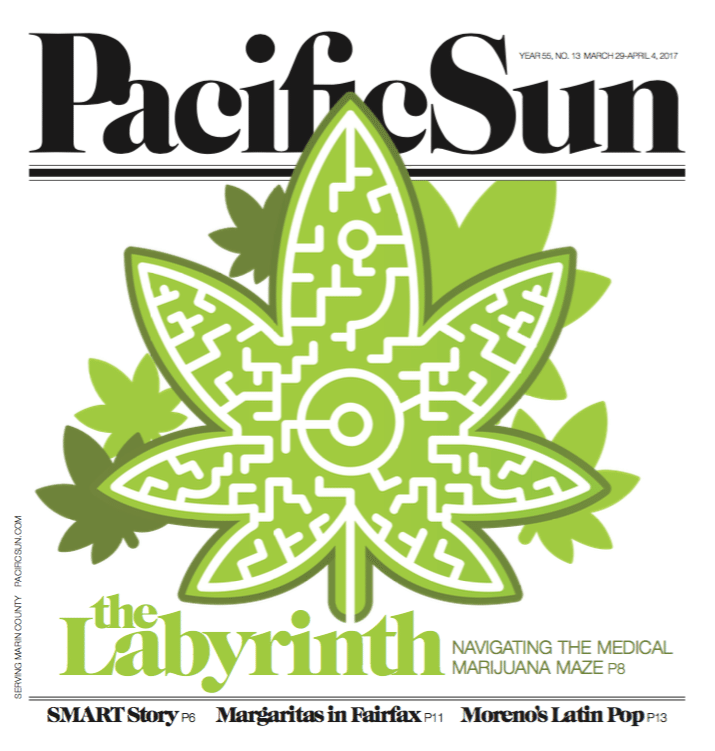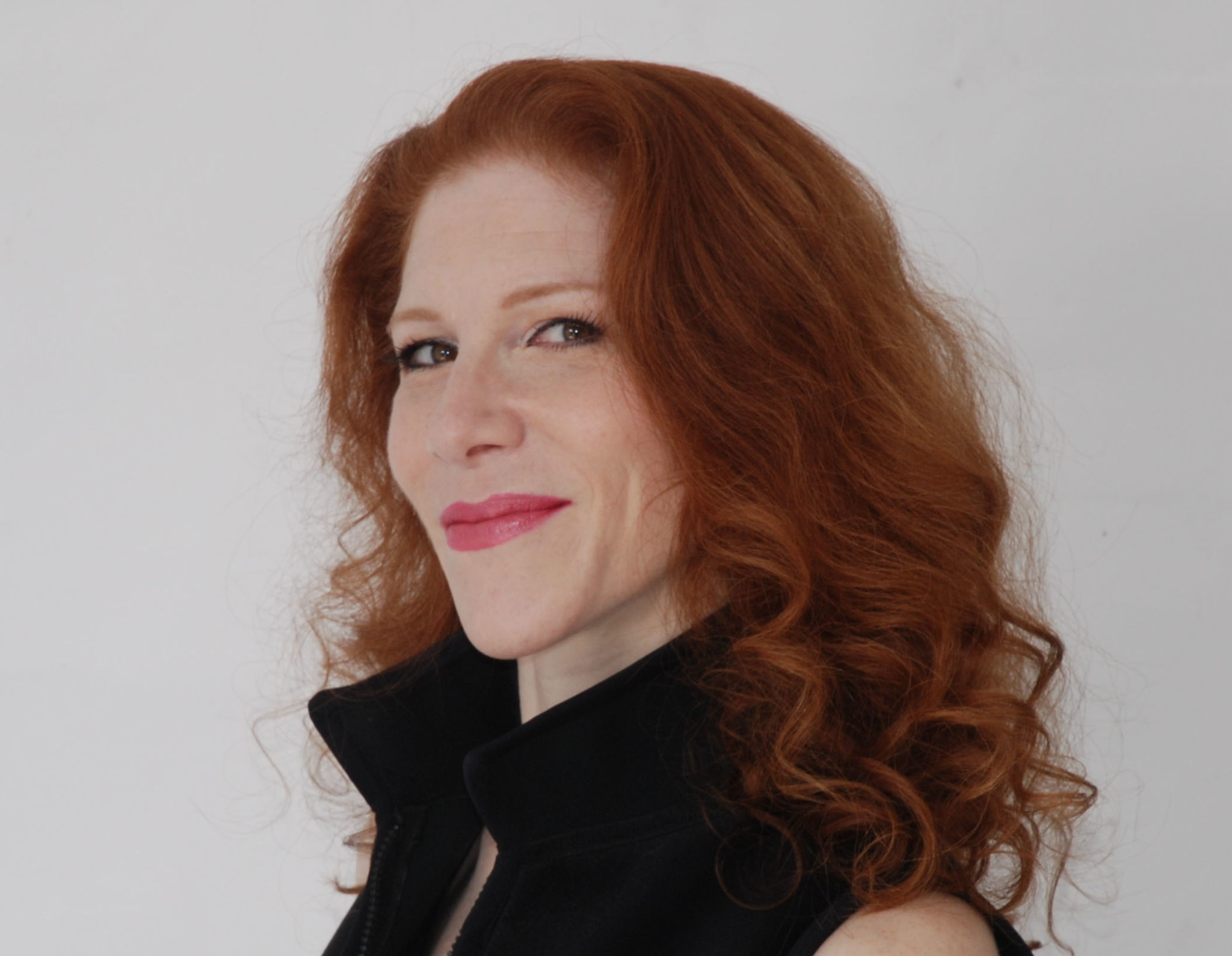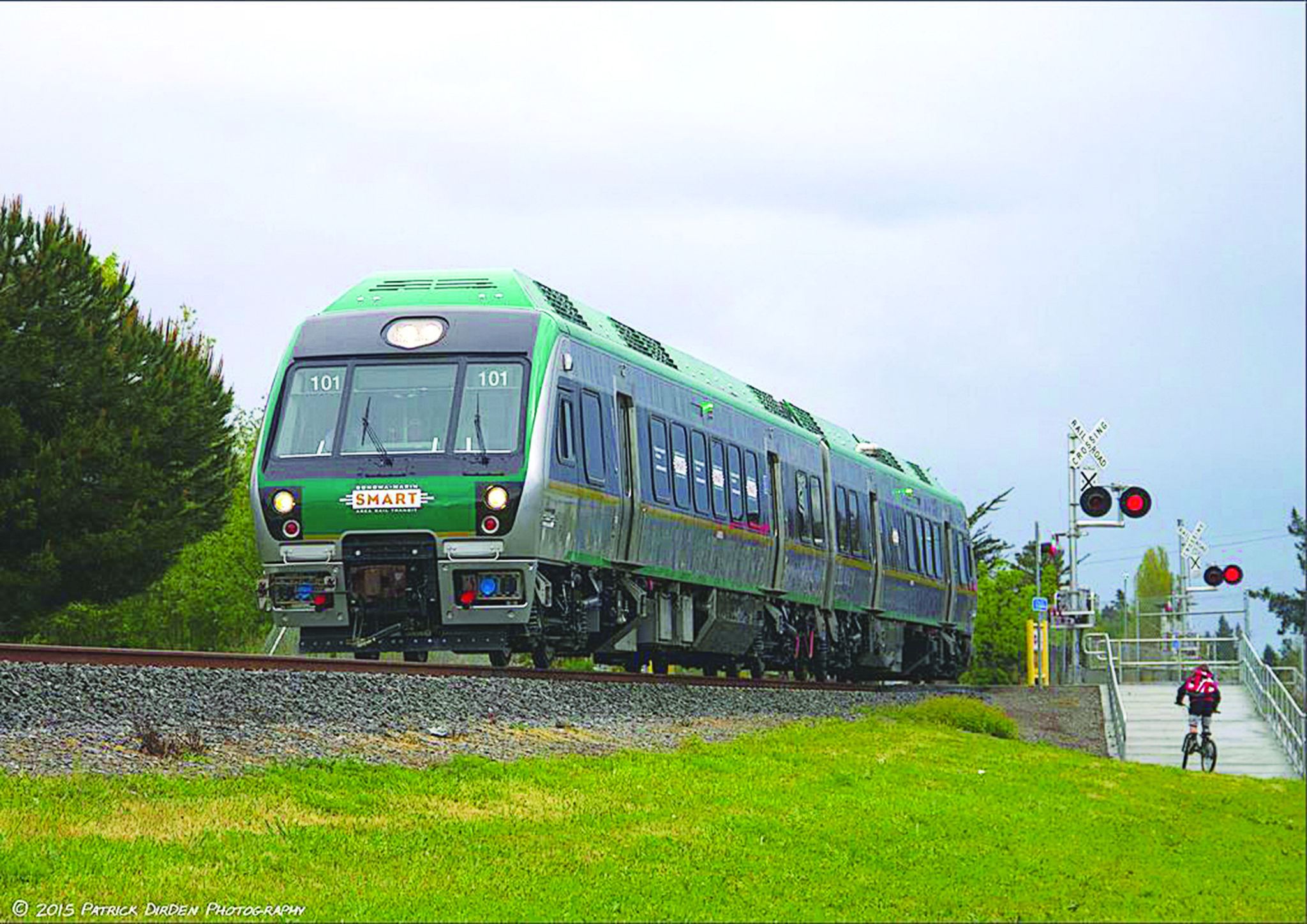By Tom Gogola
The Oath Keepers meeting is about to get going at the Round Table Pizza in Dublin, California, as a handful of members of the far-right, “sovereign-citizen” organization pledge allegiance to the flag, pray to their almighty Christ, declare their oath to the U.S. Constitution—and eat pizza.
There are pocket-size copies of the U.S. Constitution for the taking, as attendees sign in and take their seats at the suburban East Bay strip mall where the chain pizza joint is located. The Oath Keepers’ oath is to the Constitution, and their pledge is to uphold it whenever it is under attack. You can never have too many copies of the Constitution, so I grabbed one and took a table in the back after I identified myself and offered greetings to the organizers.
Dublin is a small city just over the Oakland hills whose population feeds the tech industries in San Jose, Oakland, San Francisco and Livermore. Wikipedia reports that Dublin is one of the fastest growing cities in California, fielding a mostly white demographic, but with a smattering of Asians and Latinos. There’s a Korean barbecue joint in the strip mall and an Irish bar behind the restaurant where the Budweiser is kept at 31 degrees. This is not your hipster-ale-quaffing rampart of the squishy North Bay, even if the city council here is a “United Nations” of multiculturalism compared to Marin County’s all-white Board of Supervisors. There are two Indian-Americans and a female Latino on the Dublin City Council.
I’m over the divide and into the breach in the service of the great old maxim from ’60s, right-wing paragon Barry Goldwater—that extremism in defense of liberty is no vice. I decided to drive across the divide from my adopted hometown in West Marin, the bubble-within-a-bubble-within-a-bubble hippie stronghold of Bolinas. I wanted to bridge the divide and announce myself as the far-left savior who had come to redeem the far-right Oath Keepers from charges of kooky racist conspiracy weirdness, of the heavily armed variety. I introduced myself as a left-wing Libertarian and told the organizers—promised them, that I wouldn’t throw them under the bus in my report.
The Oath Keepers organization was founded in 2009 by Yale graduate Stewart Rhodes, and set out to put itself between the (supposed) raging unconstitutionality of Barack Obama and the right to bear arms in defense of anything that isn’t Barack Obama or a gun law. Their website is heavy on the military and police badges—including member badges from the California Highway Patrol—as the organization has historically drawn from those ranks.
I was curious how the Oath Keepers would be grappling with the onset of Trumpism and its various rolling abridgements of constitutional norms and obscure emolument clauses. Trump, who when he is the recipient of a court ruling against him for a flatly unconstitutional executive order banning Muslims from emigrating to the states, declares the judge to be a “so-called judge.” Trump, who declared the fourth estate to be the enemy of the people. Trump, who believes in a national right-to-conceal-carry gun law.
Pizza and Politics
In pizza lingo, an “EBA” pizza contains everything but anchovies. For the Oath Keepers, “EBA” translates into everything but anarchism—but with an allowance, it seems, for the authoritarian regime that has just Russia-hacked its way into power.
It turns out that the Constitution is what you make of it.
It’s long been preached in political science discourse that there’s an ideological vertex where the far-right meets the far-left. As a self-identified left-wing Libertarian with a serious streak of social Democrat and a raging anarcho-syndicalist spirit, I wanted to perch in that 30 percent or so of agreement that I feel with the Oath Keepers.
I ordered some chicken wings and grabbed a pitcher of Modelo and took a seat in the back. And let me repeat: I told the organizers exactly who I was, exactly where I was coming from and exactly why I was there. I was not some James O’Keefe–inspired, Project Veritas-of-the-left gotcha journalist bent on shaming them. I was transparent and enthusiastically so. I wanted to break garlic knots with these folks, badly.
I introduced myself, along with another first-time Oath Keeper attendee and told the group that I was drawn to it because of its actions during the Ferguson civil unrest from two years ago. Law enforcement wasn’t so psyched about the heavily armed Oath Keepers who showed up to protect property—but African-American liquor store owners appreciated that they would put themselves between looters and businesses. That they would also put themselves between Kentucky County Clerk Kim Davis and a gay-marriage Supreme Court decision—we’ll just have to agree to disagree about that one.
But what can be said of an organization that hands out pocket copies of the U.S. Constitution and then tries to confiscate a reporter’s notebook and demand that the reporter turn off his tape recorder? Hang on for more on that.
Everyone’s a Hero
We live in a time where many people, left-to-right, are geared up to put themselves between vulnerable groups and their oppressors. It seems to be the order of the day. In the waning days of the Obama administration, unarmed veterans headed to Standing Rock and stood between native people and South Dakota law enforcement acting on behalf of Big Oil (the Oath Keepers say they were encouraged to stay away). Liberals and progressives wear safety pins to signify trans-support, or go to Facebook and pledge to stand between angry xenophobes and fearful Muslims. I wanted to stand between the Oath Keepers and the Constitution and see which one won out.
I had three agendas going into this meeting, and I told the guy at the door what they were as I gave him my business card. As a citizen in Trump’s America, I was curious. As a reporter, I wanted to get a better understanding of the people and their ideas about the Constitution. And as a human being with a strong survival instinct, I wanted some tips on how to properly prepare for the End Times.
The Oath Keepers spend a lot of time preparing for natural and manmade disasters—one of the agenda items at the Dublin meeting was to make sure that everyone had a ham radio. The organization seems to crave the arrival of a post-SHHTF (Shit Has Hit the Fan) world, where moral clarity is achieved through the barrel of a gun and where the dominant fantasy is to live a simple life on the order of a Mad Max, eating dog food out of the can and staring into the post-apocalyptic landscape, where might makes right. Or, they’re living in a world where an ersatz shit has hit the fan—it’s just that nobody knows it yet. The website spends a lot of time worrying about social disorder.
Call to Order
The meeting started and the lead organizer played a snippet of a recent video of Trump—the snippet where he had just declared the media to be the enemy of the people. The Oath Keepers offered congratulations to Trump, and in a characteristically Trumpish moment, misspelled it as “congradulations” on a flyer they handed out at the door, but nobody’s perfect. Least of all me, the lefty hothead on a mission. The Oath Keepers worried about what Obama was up to now in his post-presidency, and pledged to track his every move—bad things, no doubt, are on the horizon from Obama.
It became pretty obvious, pretty quickly, that there is not a whole lot of worry among these Oath Keepers about Trump’s interactions with the Constitution. In fact …
In the back there’s a man with an Iraq-Afghanistan veteran’s hat, and he starts talking with another man about the origins of the Nazi Brownshirts. I have no idea why—and really didn’t want to ask. I just listened to him and silently thanked Jesus for the calming power of Zoloft. I’ve always had a fascination with right-wing fringe types, but less so now that they are in power. Maybe that’s sort of a “condescending” liberal attitude to have, but these people were a lot more fun to hang out with when they were on the fringe—and, like me, that is exactly where they belong.
Free Speech
The headliner for the event was Dublin Mayor David Haubert. He gave a talk. That’s when things started to get interesting because, as if on cue, that’s when one of the Oath Keepers tried to confiscate my reporter’s notebook and demanded that I erase the digital recording of the talk. In his presentation, Haubert declared that Dublin would never be a sanctuary city, but a safety city, and after I asked him a couple of questions, one of the organizers rushed to the back of the room and started grabbing at my papers, grabbing at the machine and telling me that it was a private meeting and I had no right to record anything.
That was an interesting assertion, and I took issue with it and with the person laying his hands on me. Silly me, I thought we were in a public place, at a meeting that was announced on a public forum, Facebook—and there is a public official standing right there pointing at Oakland and making dark comments about how Dublin isn’t now, nor ever will be, a sanctuary city, unlike those people over the hill, over the divide.
The pocket Constitution practically opened itself to the page that features the First Amendment. I tried to hold my tongue, but Haubert had said that Dreamers should be deported. I stood up and said, nicely, politely—gee, that seems kind of unfair, to deport a person for something their parents did.
Haubert said, maybe they’d have to pay a fine. I said, why would you fine those whose parents brought them here when they were three years old, and Haubert shrugged and smiled in the way that Paul Ryan shrugs and smiles when he’s about to throw 24 million people off health insurance, but swears there’s a deeply held principle behind the cruelty.
I turned off the machine—the guy wouldn’t stop grabbing and demanding that I erase the tape—and then a few minutes later said to myself, ya know what, screw this. And turned it on again.
Bubble-bound
After the second attempt to get me to stop reporting and recording the talk, I grabbed my gear and got ready to leave. But first I addressed the group, and the mayor, and chided them for the clarification on the true meaning of my First Amendment rights, through their eyes. The mayor denied he had anything to do with any of that.
I took a bathroom break and was leaving and noticed that the Oath Keepers were all staring at me. So what was I supposed to do? I gave them an admittedly unnecessary Sieg Heil! and wondered aloud if they were going to follow me out to the parking lot. I can be a bit obnoxious when people start grabbing at my shit.
The main organizer followed me out to the parking and we exchanged regrets and pleasantries. He was genuinely concerned that I’d had such a negative experience. I was frustrated and flummoxed by the attempt to censor a reporter who had announced that he was a reporter. He said, what did you think would happen, you told us you were coming here from West Marin. I said, hey, I just wanted to bridge the divide, or try to. He said, give me a call sometime. I said, maybe I will.
I got back into the car and headed back into the bubble, back over the divide.
They say there’s a place on the political spectrum where the far-left meets the far-right, and it’s a wild place filled with kooky souls with strident and freedom-loving ideals. But after this adventure to Dublin, I wasn’t so convinced of Goldwater’s dictum anymore. As I headed west back to the North Bay, I realized that boring, hand-wringing liberalism in defense of my spiritual well-being is more the ticket these days.



















